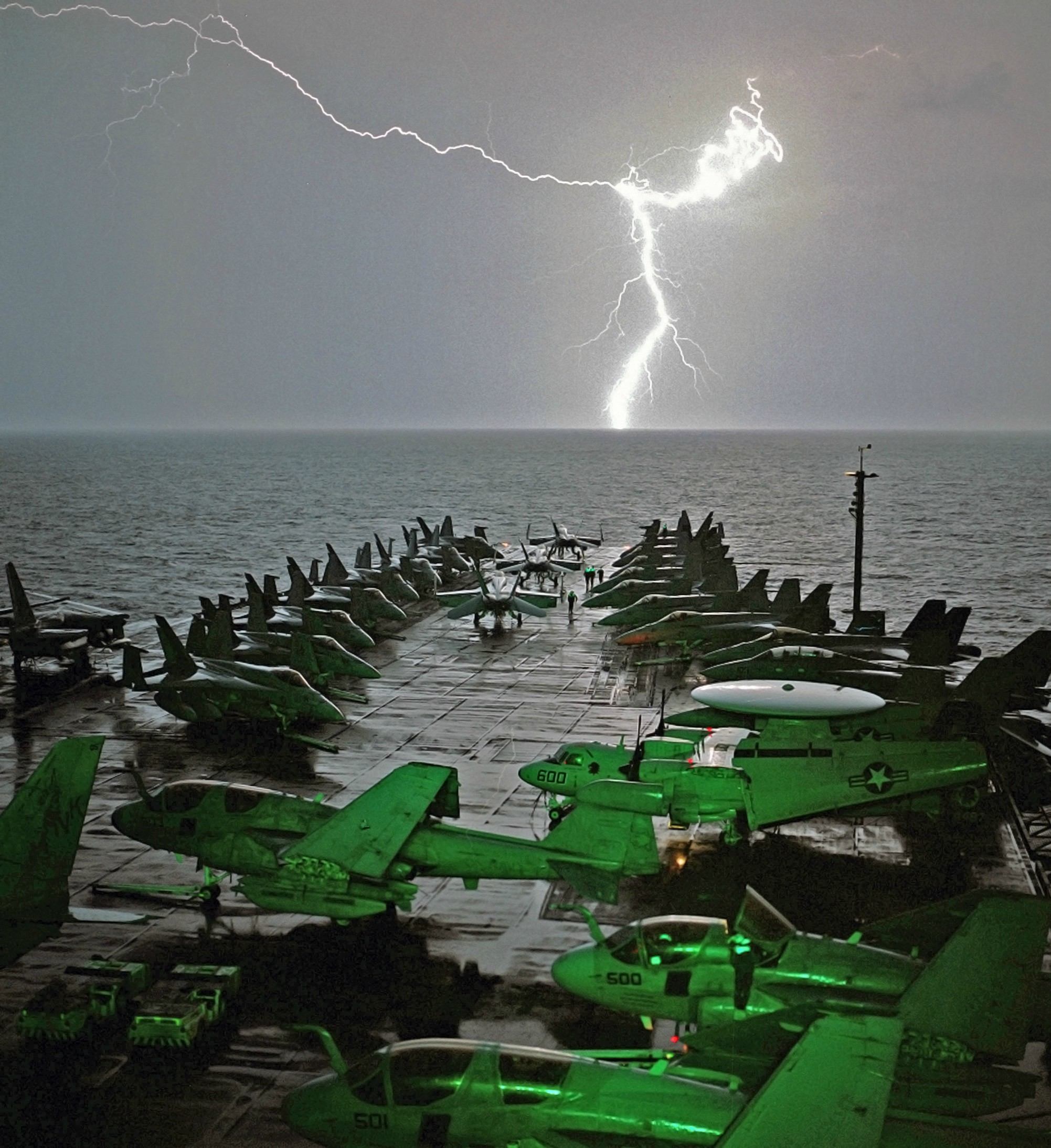Travel Tips
What Happens When Lightning Strikes an Airplane?
 Last week in San Francisco, six airplanes were struck by lightning within an hour. Sounds scary, right? Turns out, nearly every U.S. commercial airplane is struck by lightning as least once every year. Most of the time, you won’t even notice it. It’s just a flash of light, with no damage. Still, it can be terrifying when you do notice. Let’s take a closer a look at exactly what happens when lightning strikes an airplane.
Last week in San Francisco, six airplanes were struck by lightning within an hour. Sounds scary, right? Turns out, nearly every U.S. commercial airplane is struck by lightning as least once every year. Most of the time, you won’t even notice it. It’s just a flash of light, with no damage. Still, it can be terrifying when you do notice. Let’s take a closer a look at exactly what happens when lightning strikes an airplane.
What Physically Happens When Lightning Strikes an Airplane?
The lightning strike normally hits one end of the plane, typically the nose or wing tip. The electricity then travels through the plane’s exterior skin and leaves on the opposite end. This allows the plane to take the lightning strike, without affecting the interior of the plane.
The last recorded plane crash due to lightning was in 1967, which caused the fuel tank to explode. Since then, engineers have developed airplane designs strong enough to handle lightning strikes.
How is the Airplane Built to Handle Lightning?
Through the Federal Aviation Administration (FAA) regulations, the aircraft is made of aluminum—without gaps in the design—so the electricity can roll right off the skin of the plane. If there were gaps, the lightning would be able to get under the skin, which could be detrimental.
A key component of the airplane structure is the “static wick,” which is a piece of metal (in a fiberglass rod) in the frame that insulates it from the airplane. This piece of metal disperses the static buildup in the air, which minimizes the intensity of a lightning strike and sends the lightning through the rod, instead of spreading.
There is also lightning protection around the cables and other equipment to prevent power loss. The last major piece of an airplane that needs protection is the fuel system. Engineers developed an aircraft skin that is thick enough to withstand a deep burn. Every section in the plane that could be a potential hazard is tested to meet FAA requirements.
What Happens to Me?
Just like turbulence, airplanes are designed to withstand a variety of slightly frightening situations. Unlike turbulence, you will not feel the lightning. You may not even know that the aircraft was struck, unless you actually see the flash.
Want to read more? Click here to read more articles on travel safety:
- How to avoid lightning strikes during the summer
- Find out why air travel is still the safest way to travel
- Take a look at flight safety training in action
By Siena Mazero for PeterGreenberg.com












